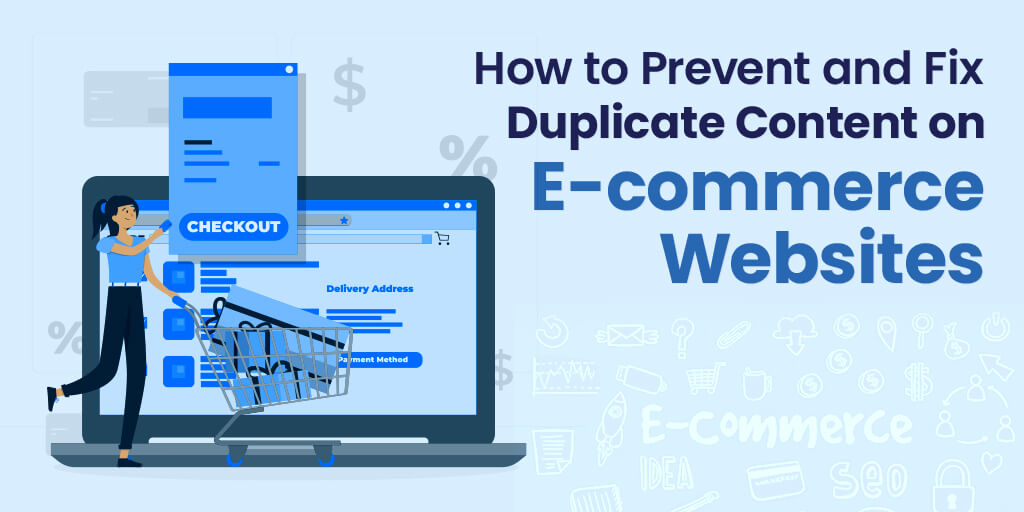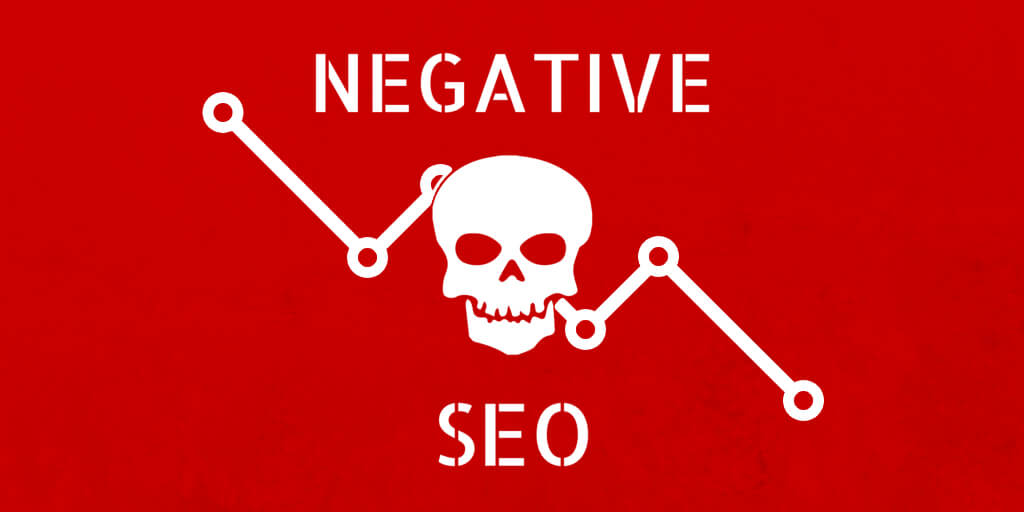
Posted On : 03 September 2024
Unique content is majorly a driver of SEO. It helps search engines to rank your site high, increasing the visibility of your site to many customers. Duplicate content is a situation whereby similar content is used in different pages on your site or in different sites. This normally confuses search engines and thus affects the ranking of your site.
Understanding Duplicate Content
There are two important types of duplicated content: internal and external. Since both can affect the SEO of the site, it becomes very important to know the differences and sources for the same.
Internal Duplicate Content
Internal duplicate content happens within your site. This is common in e-commerce sites for several reasons:
- Product Descriptions: Often, the same product description is used on multiple pages.
- Category Pages: These pages might show the same descriptions or listings.
- User-Generated Content: Reviews and comments can be duplicated across pages.
External Duplicate Content
External duplicate content occurs when other websites copy your content. This can be intentional or unintentional:
- Copied Product Descriptions: Other sites might copy your product descriptions.
- Scraped Content: Some sites might scrape your entire content to use on their own.
The Impact of Duplicate Content on SEO

Duplicate content can lower your search engine ranking because search engines aim to show the best and most relevant results. When they find duplicate content, they get confused about which version to show, often leading to lower rankings for all duplicates.
Potential Penalties
Search engines may penalise your site for duplicate content. This can result in significantly lower rankings, making it harder for customers to find your site. Additionally, it can take time and effort to recover from these penalties.
Impact on User Experience
Duplicate content can confuse visitors. They may see the same information repeatedly, which can lead to frustration and a lack of trust in your site. Consequently, they might leave your site and not return, leading to higher bounce rates and lower conversion rates.
Strategies to Prevent Duplicate Content
To prevent duplicate content, you can implement several strategies. These strategies include creating unique product descriptions, using canonical tags, managing URL parameters, and following CMS best practices.
Unique Product Descriptions
Writing original product descriptions is essential. Do not copy descriptions from manufacturers or other sources. Instead, create unique, detailed, and engaging descriptions for each product. This not only helps with SEO but also provides a better user experience.
Canonical Tags
Canonical tags help tell search engines which page to consider as the original. This is important for preventing duplicate content issues. Implement canonical tags properly to ensure that search engines understand which version of a page to index.
URL Parameters and Session IDs
URL parameters can create duplicate content. For example, session IDs and tracking parameters can result in multiple URLs with the same content. Use tools like Google Search Console to manage these parameters effectively, ensuring they do not create duplicate content.
CMS Best Practices
Your Content Management System (CMS) can help prevent duplicate content. Configure your CMS to avoid creating duplicate pages. Use plugins and tools designed to manage and prevent duplicate content, ensuring your site remains unique and SEO-friendly.
Identifying Duplicate Content
Identifying duplicate content is the first step in fixing it. Several tools can help you find duplicate content on your site. Regular audits are also essential to maintain content uniqueness.
Tools for Detecting Duplicate Content
Several tools can help you detect duplicate content:
- Google Search Console: This tool can identify duplicate content issues on your site.
- Copyscape: Copyscape is useful for finding external duplicate content.
- Screaming Frog SEO Spider: This tool can crawl your site and identify duplicate pages and content.
Regular Audits
Conduct regular audits of your site to identify and fix duplicate content. These audits should be a part of your routine maintenance. Regular checks help ensure that your site remains free of duplicate content and maintains its SEO health.
Fixing Duplicate Content Issues
Once you identify duplicate content, you need to fix it. There are several methods to address duplicate content issues, including 301 redirects, rel=”canonical” tags, and noindex, nofollow tags.
301 Redirects
301 redirects are useful for directing users from duplicate pages to the original page. This helps maintain your SEO by consolidating the authority of duplicate pages into a single URL. Implementing 301 redirects properly ensures that search engines and users reach the intended content.
Rel=”canonical” Tags
Canonical tags are crucial for indicating the preferred version of a page. They tell search engines which page to rank, helping to prevent duplicate content issues. Proper implementation of canonical tags is essential to avoid common mistakes that could negatively impact your SEO.
Noindex, Nofollow Tags
Noindex, nofollow tags tell search engines not to index certain pages. This can be useful for pages that do not need to be in search results, such as duplicate pages or administrative pages. Using these tags wisely helps prevent duplicate content from affecting your site’s ranking.
Best Practices for E-commerce Content Management
Managing content effectively is crucial for e-commerce sites. Implement structured data, utilise user-generated content wisely, and differentiate content for similar products to maintain a unique and SEO-friendly site.
Structured Data and Schema Markup
Structured data helps search engines understand your content better. Such structured data includes schema markup, relevant to SEO. Properly implemented, the schema markup can enhance the visibility of the website and not trigger problems with duplicate content.
Utilising User-Generated Content
User-generated content, such as reviews and comments, can improve your SEO. However, it can also create duplicate content if not managed properly. Ensure that user-generated content is unique and relevant, and moderate it to prevent duplication.
Content Differentiation Strategies
For similar products, use unique descriptions and images. This helps differentiate your content and prevent duplicate content issues. Offer detailed, varied descriptions that highlight different features and benefits of similar products.
Conclusion
The duplicate content will damage your e-commerce website concerning SEO and user experience. Therefore, prevention and fixing of duplicate content become very critical for a healthier and more effective online presence. Apply the strategies discussed in this guide to make sure that all your content has unique value. Be consistent with regular audits and proper implementational tools and tags to keep a high-ranking, user-friendly site. Hopefully, the above should help you avoid all the issues concerning duplicate content and increase the rankings, thereby improving the user experience and success overall in the e-commerce business.
Related Blogs

Posted On : 12 November 2024
Complete SEO Checklist: Covering 45+ Technical Points
Technical SEO lays the groundwork for a website to succeed in search engine rankings...

Posted On : 31 March 2021
How to Deal with Duplicate Content
In the modern age, everything from lifestyle to business has become digital. Gone are the ancient days when physical...

Posted On : 12 Feb 2019
WAYS TO SAFEGUARD YOUR WEBSITE FROM...
Over the past two years, the whole SEO field accomplished a huge change. Therefore, numerous e-commerce marketers have impressively altered their tactics. It is not as easy to rank competitive keywords high in Google as it was three years ago...
